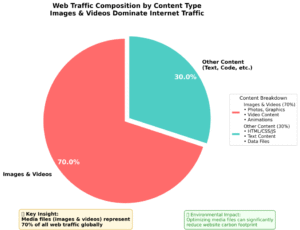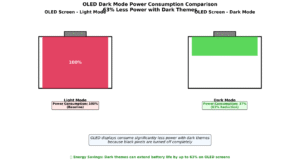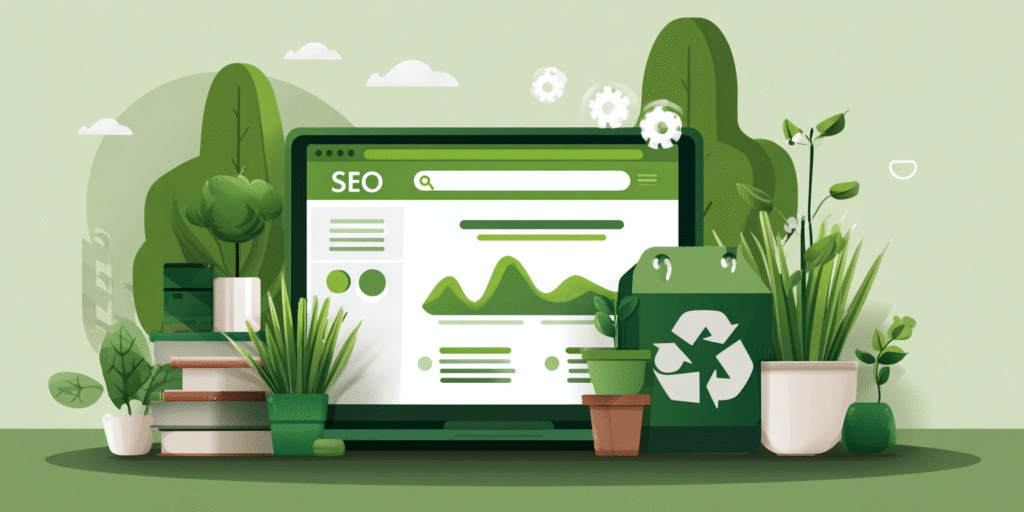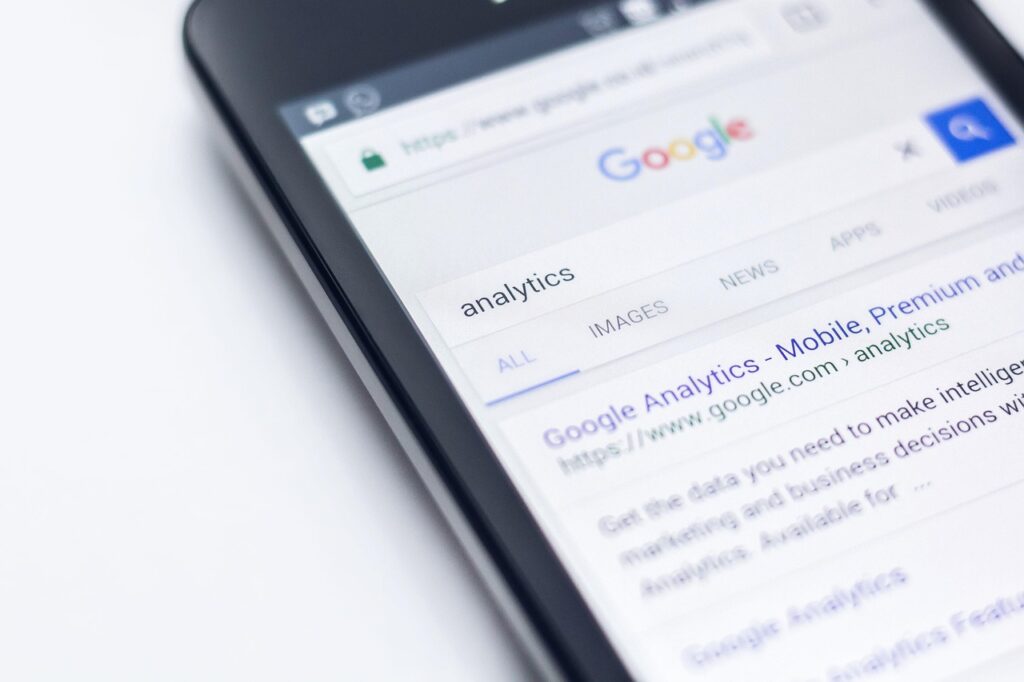Month: July 2025
How to Audit Your Website for Eco-Friendly SEO (2025 Guide)
Jul 29, 2025 | 3 Min Read
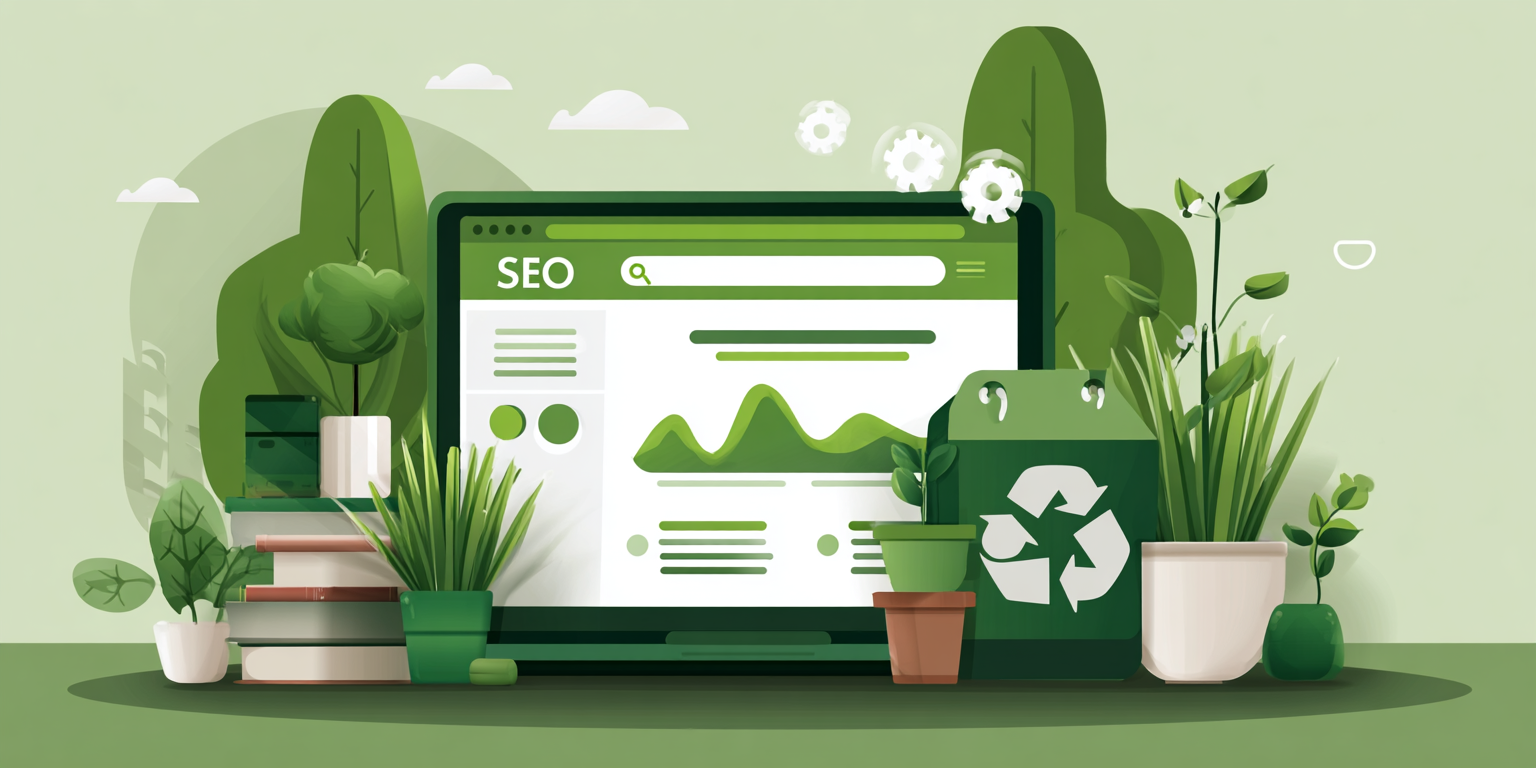
As digital activities account for 4% of global greenhouse gas emissions—equivalent to the aviation industry—eco-friendly SEO has become essential for responsible businesses1. Eco-friendly SEO combines traditional search optimization with sustainable web practices, reducing your website’s carbon footprint while improving performance and user experience.
1.Technical SEO Audit: Building Green Foundations
Begin by evaluating your web hosting provider’s environmental impact. The Green Web Foundation reports that a significant portion of the internet still relies on fossil fuels, but an increasing number of providers are transitioning to renewable energy sources. SiteGround powers its infrastructure with 100% renewable energy through Google Cloud, ensuring carbon-neutral hosting2. Google’s Core Web Vitals directly correlate with energy efficiency—faster sites consume less energy per user interaction3.
Code Optimization Audit your website’s technical efficiency:
- Minimize HTTP requests by combining CSS/JS files
- Compress images using WebP format (reduces file sizes by 25-35%)
- Enable GZIP compression to reduce data transfer
- Remove unused plugins and code bloat
2.Content Audit: Quality Over Quantity
Focus on creating high-value, evergreen content that serves users long-term rather than producing frequent, low-value posts. The UN Environment Programme emphasizes that sustainable digital practices include reducing unnecessary content creation4.
Audit existing content to:
- Consolidate similar pages
- Update outdated information instead of creating new pages
- Optimize content for featured snippets to reduce user search time
3.UX Audit: Energy-Efficient Design
Digital sustainability begins with user-centric design. Research shows that energy-efficient UX practices not only improve performance but also significantly reduce a website’s carbon footprint. Sustainable design principles, such as passive solar design and efficient HVAC systems, can reduce a building’s energy consumption by 50% or more, resulting in lower operational costs and a smaller environmental footprint:
- Use dark mode options (OLED screens consume 63% less power with dark themes)
- Optimize images and videos—they account for 70% of web traffic
- Implement lazy loading for below-the-fold content
- Choose system fonts over custom web fonts
4.Tracking and Measurement: Monitor Your Impact
Quantifying your website’s carbon footprint is the first step toward meaningful reductions. Digital emissions are often overlooked despite the internet’s global carbon output rivaling aviation emissions. You can use these tools to measure your website’s environmental impact:
- Website Carbon Calculator: Measures CO₂ per page visit
- Ecograder: Comprehensive sustainability scoring
- Google PageSpeed Insights: Correlates performance with energy efficiency
The average website produces 0.8g CO₂ per page view. A site with 10,000 monthly visitors generates 102kg CO₂ annually—equivalent to a 450km car journey6.
Conclusion: Take Action Today
Eco-friendly SEO isn’t just about environmental responsibility—it’s smart business. Sustainable websites typically load 2-3x faster, rank higher in search results, and provide better user experiences.
Start your eco-friendly SEO audit today:
Check your hosting provider’s renewable energy usage
Run a website carbon calculator assessment
Optimize your three highest-traffic pages
Set monthly carbon footprint reduction goals
Want to see what Green SEO can do for your brand? Drop us a message here — we’d love to hear from you.
References:
2.SiteGround. (n.d.). Green Web Hosting and SiteGround’s Commitment to Sustainability. Retrieved from
3.Google (2024). “Core Web Vitals and Performance Metrics.”
4.United Nations Environment Programme (2023). “Digitalization for Sustainability.”
6.HTTP Archive (2024). “Web Almanac 2024 – Sustainability Chapter.”
Why Sustainable SEO is the Future for Hong Kong Businesses
Jul 17, 2025 | 3 Min Read
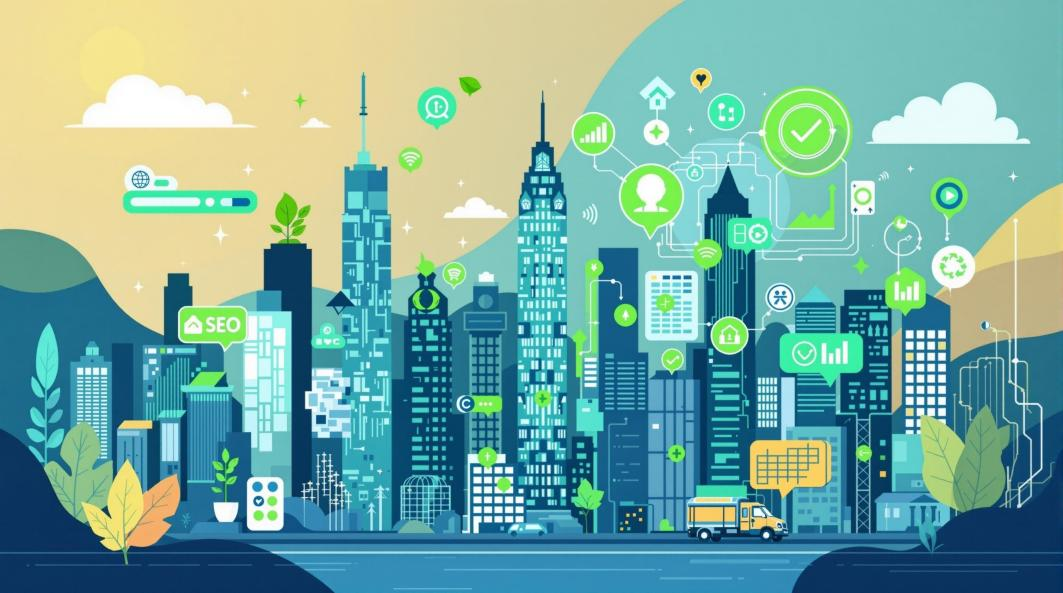
In today’s rapidly evolving digital landscape, sustainable SEO has emerged as a strategic necessity for Hong Kong businesses, representing the convergence of ethical search optimization practices with environmental responsibility. As the city grapples with rising ESG expectations and evolving consumer demands, aligning digital strategies with sustainability principles has transformed from an ethical consideration into an essential component of long-term business viability.
Hong Kong’s Evolving ESG Regulatory Landscape
The new HKEX regulations, aligned with the International Financial Reporting Standards (IFRS) S2 Climate-related Disclosures, require all Main Board issuers to disclose Scope 1 and Scope 2 greenhouse gas emissions on a mandatory basis1. Companies constituting the Hang Seng Composite LargeCap Index must additionally disclose Scope 3 emissions, representing the most comprehensive climate reporting requirements in Asia.
Key Regulatory Timeline
- January 1, 2025: Mandatory climate disclosures effective for all Main Board issuers
- 2025-2026: Scope 3 emissions disclosure required for large-cap companies
- 2026 onwards: Enhanced ESG reporting aligned with global standards
Consumer and Investor Demand for Sustainability
Consumer attitudes toward sustainability have undergone a fundamental shift in Hong Kong. The statistics demonstrates a clear preference for sustainable products, with nearly 70% of Hong Kong consumers indicating they prefer products with sustainability elements when quality and price are comparable. More significantly, 33% of respondents express increased confidence in brands that actively support sustainable development, while 31% actively avoid purchasing products with poor sustainability performance.
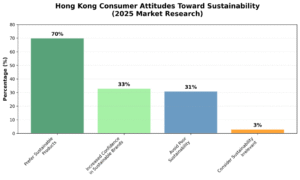
The institutional investment landscape in Hong Kong has similarly evolved. According to Deloitte’s analysis, Hong Kong’s strategic position as a sustainable finance hub has attracted increased institutional interest, with sustainable investment products showing 40% higher growth rates compared to traditional offerings.
Long-Term Business Benefits
Research published in The Journal of Statistical Applications & Probability demonstrates that substantive sustainability messaging in digital advertising produces significantly higher click-through rates, with increases ranging from 50-97% for audiences aged 25-54 compared to generic messaging. This enhanced engagement translates into improved conversion rates and customer lifetime value.
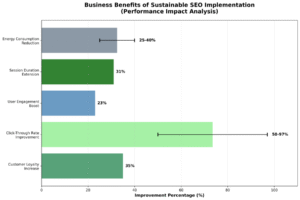
Nature journal research on digital content consumption reveals that sustainable content strategies generate 23% higher user engagement and 31% longer session durations compared to conventional approaches. These metrics directly correlate with improved search engine rankings and organic traffic growth.
Future Trends and Emerging Opportunities
·Voice Search Optimization: Voice search adoption has reached significant scale globally, with approximately 20.5% of internet users worldwide now utilizing voice search functionality as of 2025, representing a steady increase from 20.3% in early 2024. Google’s research indicates that 27% of the global online population uses voice search on mobile devices, creating substantial opportunities for businesses optimizing for conversational queries.
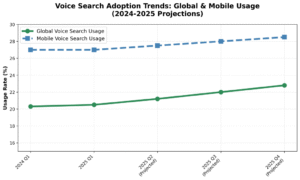
·Artificial Intelligence and Automation: AI applications in sustainable SEO continue expanding, with research from the European Journal of Management and Business Economics indicating that AI-powered marketing automation can reduce energy consumption by 25-40% while improving targeting precision. Machine learning algorithms increasingly enable predictive content optimization, reducing the need for manual testing and iteration.
As Hong Kong businesses embrace sustainable SEO and navigate new ESG expectations, the ability to leverage data-driven insights and artificial intelligence is more important than ever. For professionals looking to deepen their understanding of how big data and AI can transform modern marketing strategies, further learning opportunities are available.
Discover more about this evolving landscape through the Certificate for Module (Big Data and Artificial Intelligence Marketing) offered by HKU SPACE, which explores practical applications of advanced technologies in marketing. This can be a valuable resource for those aiming to stay ahead in a rapidly changing digital world.
References
- Hong Kong Exchanges and Clearing Limited. (2024). Exchange Publishes Conclusions on Climate Disclosure Requirements. HKEX Regulatory Announcements.
- Hong Kong General Chamber of Commerce. (2024). Consumer Attitudes Toward Sustainable Brands.
- Deloitte. (2024). Deloitte 2024 CxO Sustainability Report.
- Garden3D. (2024). Substantive sustainability gets more clicks.
- Istrate, R., Tulus, V., Grass, R. N., Vanbever, L., Stark, W. J., & Guillén-Gosálbez, G. (2024). The environmental sustainability of digital content consumption. Nature Communications, 15(1), 3724.
- DemandSage. (2025). 68 voice search statistics 2025 (usage data & trends).
- Nianko, V., & Andrushkevych, Z. (2025). Innovative Approaches To Digital Marketing: Using Artificial Intelligence To Achieve Sustainable Development Of Enterprises. Economic Sustainability and Business Practices, 2(1), 36-46.
Share This Post
Others Blog
Lead Generation: Lead Types You Should Know
Jul 5, 2025 | 3 Min Read
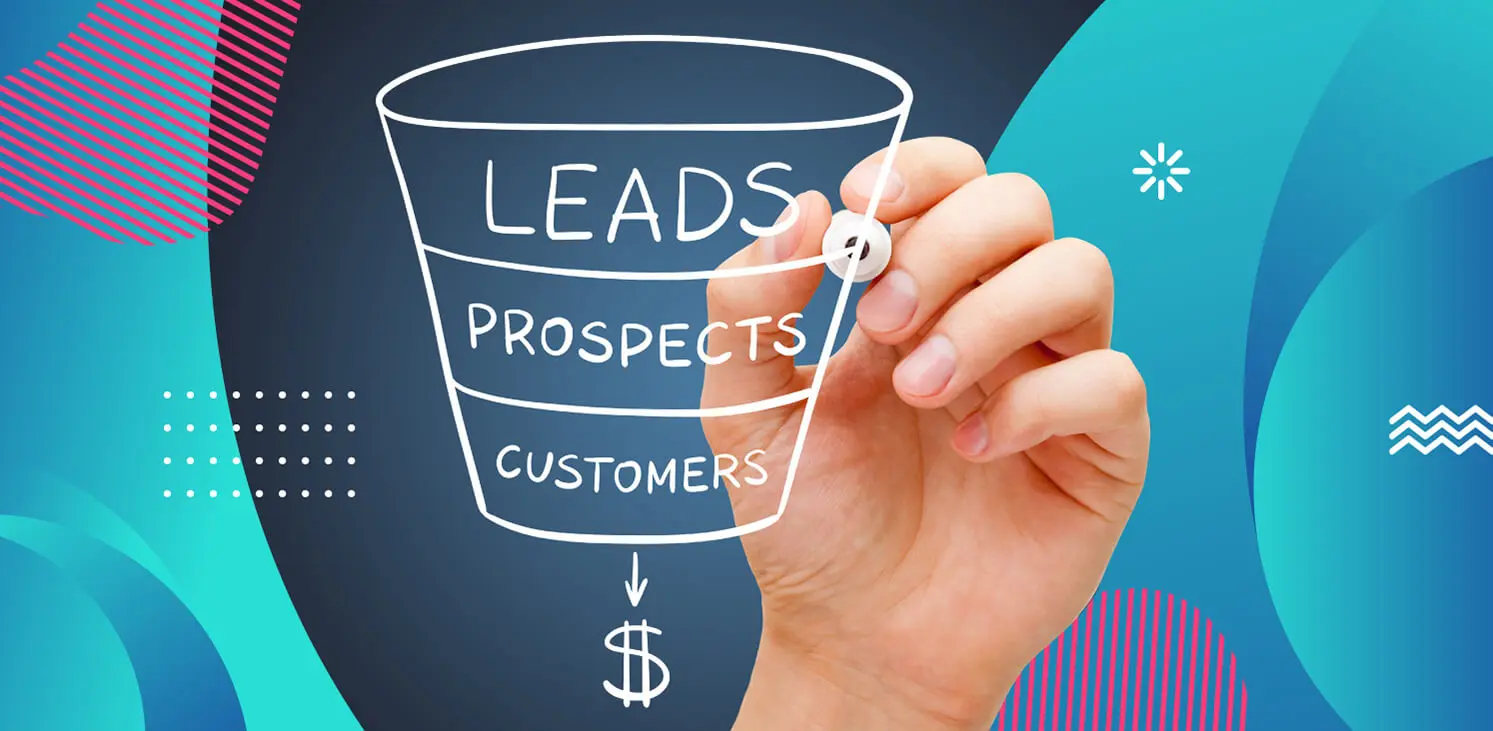
What is a Lead?
A lead is a potential person or entity that shows interest in your product. A basic lead includes information on the source to be used for further marketing efforts.
What is Lead Generation?
Lead generation is the process of getting those leads. This process aims to convert the leads into actual purchases. Proper strategies can increase the percentage of purchases in comparison to the total leads generated.
In line with generating leads is creating a sales funnel. It refers to the stages that one lead goes through leading to an actual purchase.
The best leads are always comprised of your target market. It will be useless to get leads from people who don’t need your product or are unassociated with the audience you are aiming for.
A company usually has teams from sales and marketing handling lead generation efforts. They can use combined efforts in formulating the best lead generation strategy to grow the business. There are also lead generation training services in Hong Kong that can be employed to provide expert guidance to in-house personnel.
To fully understand the different types of leads, we need to break them into 3 categories.
Leads Based on Interest
The most basic and straightforward category is leads based on interest, and there are two types.
Inbound Leads
They are leads who reached out to you upon learning about your brand. It could be through a social media post, a blog, or a friend’s recommendation. Leads finding their way to your doorstep does not mean there were no strategies involved. Inbound marketing exploits the audience’s interest to make contents that are attractive to potential consumers.
Outbound Leads
This is achieved by initiating different forms of communication with people who are not aware of the product or services you offer. Unlike inbound which focuses on pulling potential consumers to content related to your product, outbound marketing pushes the product toward the target audience.
Leads based on Enrichment
The amount and quality of data you have determine how you can split leads in this category
Non-enriched Leads
These are leads that only contain the most basic information. They are usually only useful for targeting the source of the lead. Marketing information is also limited to a single lead.
Enriched Leads
Leads with enriched data hold more potential in marketing for a wider audience network. They may include information on affiliation, location, age, secondary contact details, and opinion. Enriched data give more insight and benefits than non-enriched ones.
Leads Based on Qualifications
This is measured based on the quality of interest and the lead’s stage in the sales funnel.
Marketing Qualified Lead
This refers to leads in the initial stages of the sales funnel. Potential consumers have seen your product and left their information on a marketing platform but have not yet shown the desire to purchase.
Sales Qualified Lead
One step ahead of marketing qualified leads is when potential consumers actively reach out to the company. They express the desire to talk to a sales representative to gain more information on your product.
Product Qualified Lead
These types of leads are exclusive to businesses that provide free trials of products or services before the paying period. The lead source takes action to be a paying customer but has not yet reached the payment stage.
The Importance of Knowing
Knowing the kind of leads you gain through your lead generation efforts is essential in formulating the approach and improvements for each consumer associated with the lead.
Different kinds of leads require different contact points. Knowing when to connect is crucial in increasing the chances of leads actually pushing through.
Knowing the type of lead that generates the most sales and at what point these leads are captured is information that can be used for follow-ups and cold calling.
Leads not only increase the chances of sales but also gives business learning materials for current and future trends.
If today’s insights sparked your interest, you’ll love my course AI Agents for Marketing — it’s all about turning AI into real marketing results.


